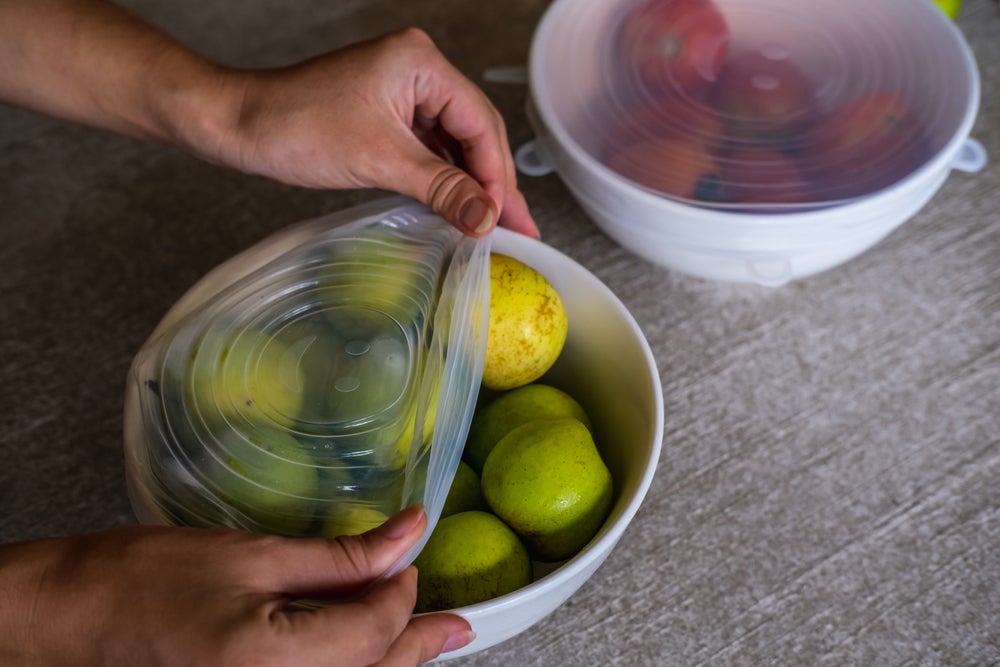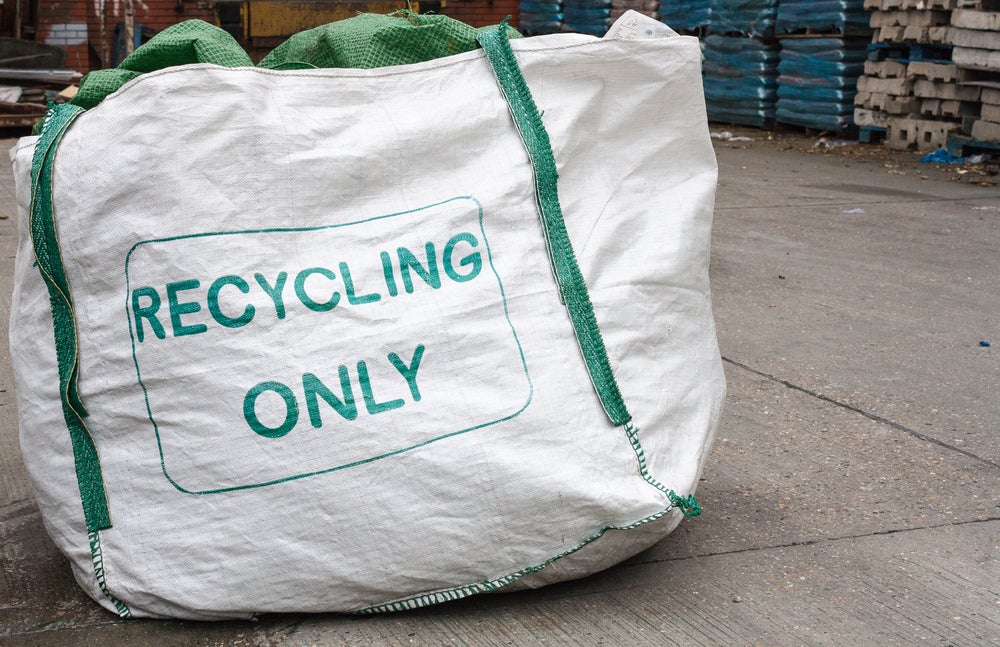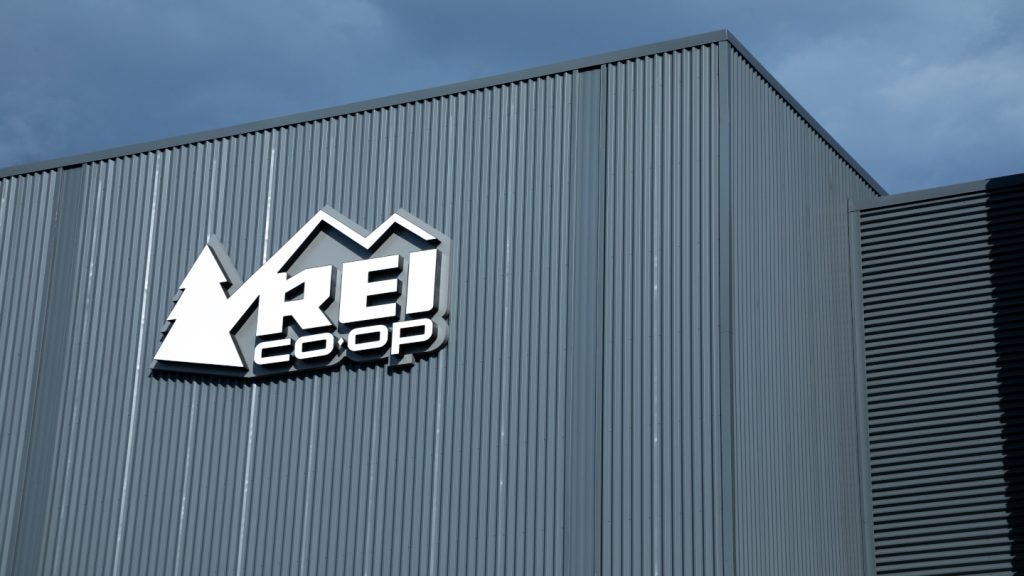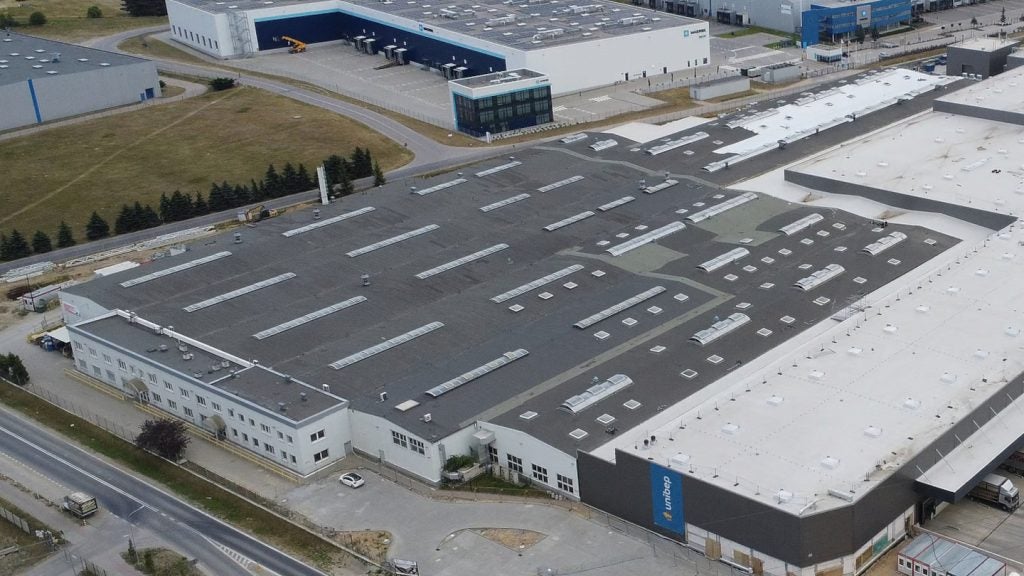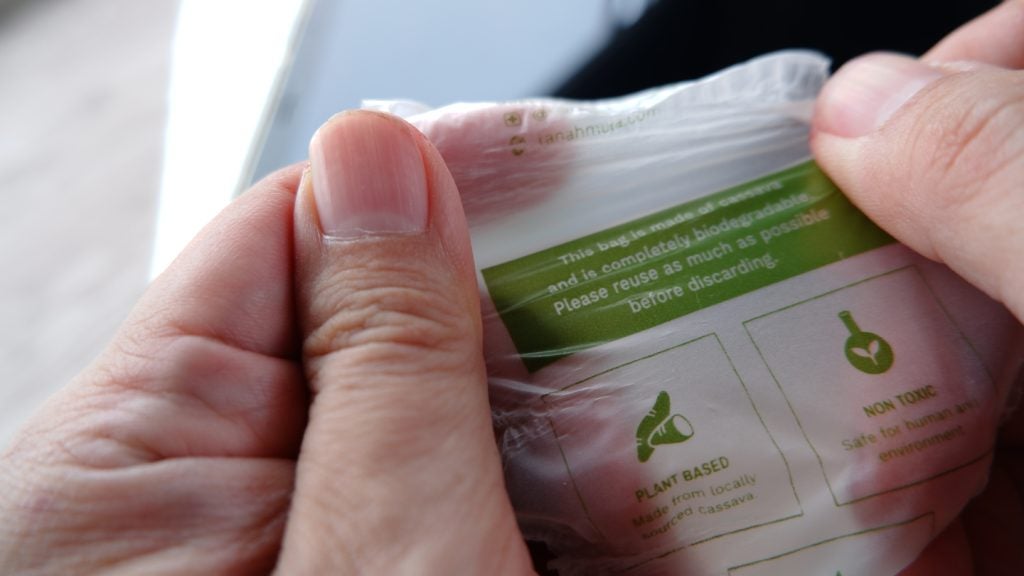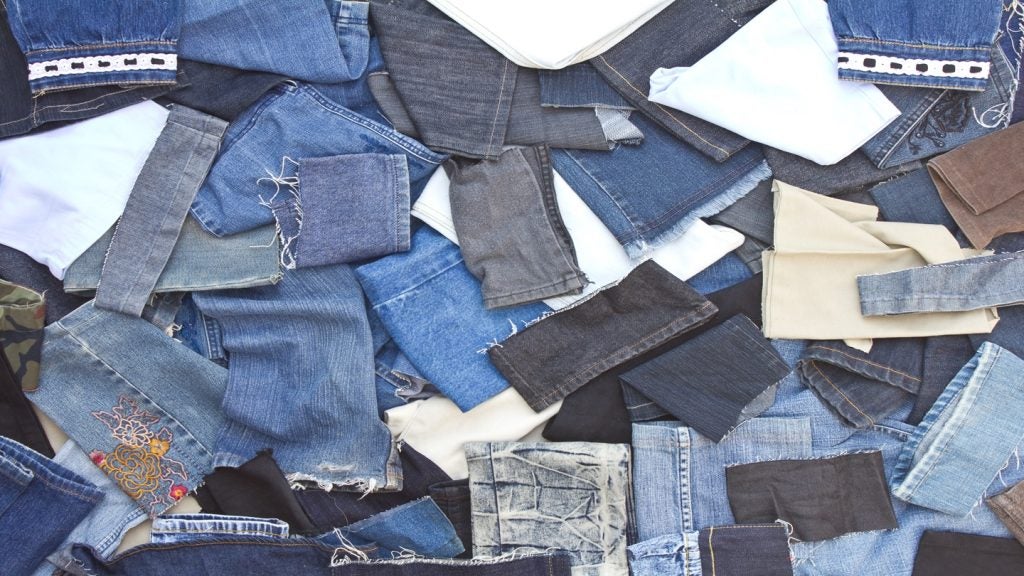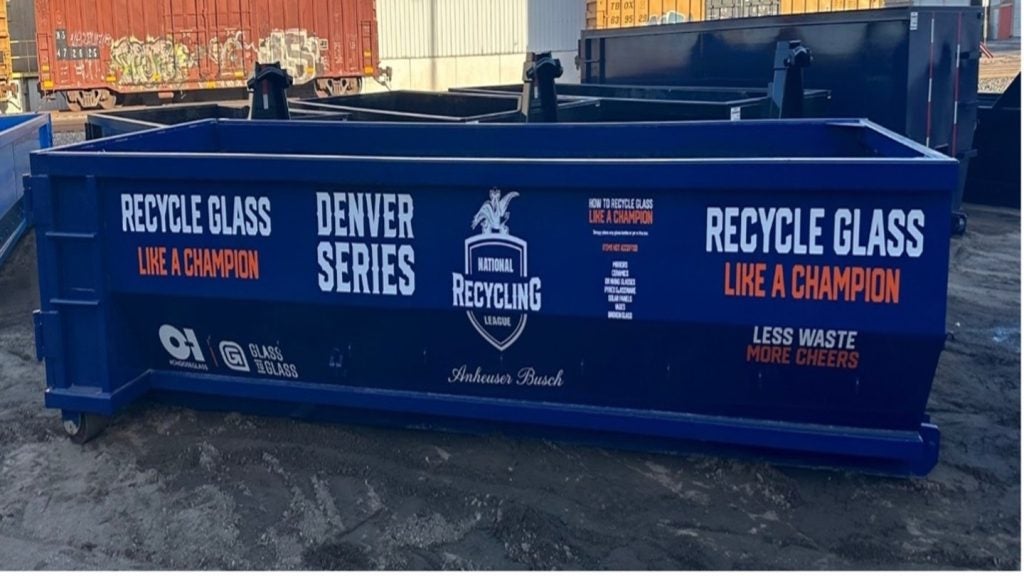As sustainability increasingly becomes a priority across industries, packaging is one sector undergoing significant transformation to meet environmental demands. In particular, stretch wrap—a commonly used material in securing goods during transit—is now at the forefront of sustainable packaging innovations.
For years, stretch wrap has been indispensable for minimising damage and ensuring stability of products on pallets, but its environmental footprint has drawn scrutiny.
Modern advancements are now focusing on creating stretch wrap that is both effective and eco-friendly.
This shift is transforming not only the material’s composition but also its lifecycle and recyclability, which is vital as businesses strive to meet environmental goals and comply with tightening regulations.
The role of stretch wrap in packaging
Stretch wrap plays a critical role in packaging and logistics. It secures products on pallets, minimising movement, protecting goods from dust and moisture, and ensuring that items arrive at their destination intact.
Traditional stretch wrap is made from low-density polyethylene (LDPE), a plastic known for its strength and flexibility. While LDPE is widely recyclable, the recycling rate remains low due to challenges in collection and sorting.
Most used stretch wrap ends up in landfill, contributing to plastic waste and environmental degradation.
In response, manufacturers have been working to reduce the environmental impact of stretch wrap by developing more sustainable versions.
Sustainable stretch wrap aims to maintain the effectiveness of traditional options while offering improved recyclability, reduced plastic content, and biodegradable or compostable properties.
With such innovations, businesses can continue to rely on stretch wrap for product safety without compromising their environmental commitments.
Innovations driving sustainable stretch wrap
Recent advancements in materials science have paved the way for more sustainable stretch wrap options.
Some manufacturers are exploring bio-based alternatives, which replace petroleum-based plastics with plant-derived materials such as polylactic acid (PLA) from corn starch or other renewable sources.
These bio-based wraps are designed to break down more easily than conventional plastics, though they require specific conditions, such as industrial composting facilities, to decompose fully.
Another approach gaining traction is downgauging, a process that produces thinner stretch wrap without compromising strength. This innovation helps reduce the volume of plastic used, thereby minimising waste.
Some downgauged wraps are made using multi-layer technology, which enhances durability and puncture resistance. By reducing the amount of material needed per application, downgauged wraps contribute to lower plastic usage and support sustainability goals.
Recyclable stretch wrap options are also being developed. These wraps use monomaterial compositions, making them easier to recycle compared to traditional multi-material wraps.
In many cases, these recyclable options are compatible with existing recycling streams, simplifying disposal and promoting a circular economy in packaging.
By choosing recyclable options, companies can reduce landfill waste, and when coupled with effective recycling programs, the environmental impact of stretch wrap can be significantly reduced.
Benefits and challenges of adopting sustainable stretch wrap
Switching to sustainable stretch wrap comes with numerous advantages, particularly as consumers and regulators alike push for greener practices.
Sustainable stretch wrap enables companies to reduce their carbon footprint, meet corporate social responsibility (CSR) targets, and appeal to environmentally conscious customers. With consumer preference increasingly leaning toward eco-friendly brands, using sustainable packaging can boost brand reputation and loyalty.
Cost savings are another potential benefit. Though some sustainable options may initially have higher costs, these are often offset by the reduced volume of material needed, particularly with downgauged wraps.
Additionally, as demand for sustainable packaging rises, economies of scale are likely to bring down prices, making eco-friendly options more accessible for businesses of all sizes.
Sustainable stretch wrap can also improve operational efficiency by reducing waste and simplifying waste management processes.
However, the shift to sustainable stretch wrap is not without challenges. Biodegradable and compostable options, for example, require specific disposal conditions to degrade effectively.
Without access to industrial composting facilities, these wraps may end up in landfills, where they could produce methane emissions as they decompose. Furthermore, recycling infrastructure varies widely across regions, making it difficult to ensure that recyclable wraps are properly processed.
Businesses looking to adopt sustainable stretch wrap must also weigh the upfront costs and evaluate whether their suppliers can meet their specific needs.
Another significant challenge lies in educating supply chain partners and customers about proper disposal methods. Even with sustainable options, the environmental benefits will be limited if end-users don’t dispose of the material correctly.
Companies can play a role by clearly labelling their sustainable wraps and providing guidance on disposal, thereby maximising the environmental benefits.
A future for sustainable packaging
The future of sustainable stretch wrap is promising, as ongoing innovations aim to make it more accessible and effective. Research continues into alternative materials, such as algae-derived plastics, which offer renewable, biodegradable solutions with potential for scaling. These alternatives could eventually provide even more sustainable options for companies across sectors.
Furthermore, as governments around the world introduce stricter regulations on packaging waste, businesses are incentivised to adopt eco-friendly packaging solutions.
The UK, for instance, is implementing policies such as the Plastic Packaging Tax, which taxes companies based on the amount of plastic packaging they produce that contains less than 30% recycled content.
Regulations like these are likely to accelerate the development and adoption of sustainable packaging options, including stretch wrap.
For businesses, the shift to sustainable stretch wrap represents an opportunity to align with evolving market expectations and contribute to global sustainability efforts.
By staying informed about the latest advancements in sustainable materials, companies can make choices that benefit their bottom line while reducing their environmental impact.
Sustainable stretch wrap is more than just a product; it’s a step toward a more responsible packaging industry that prioritises both performance and planet.


